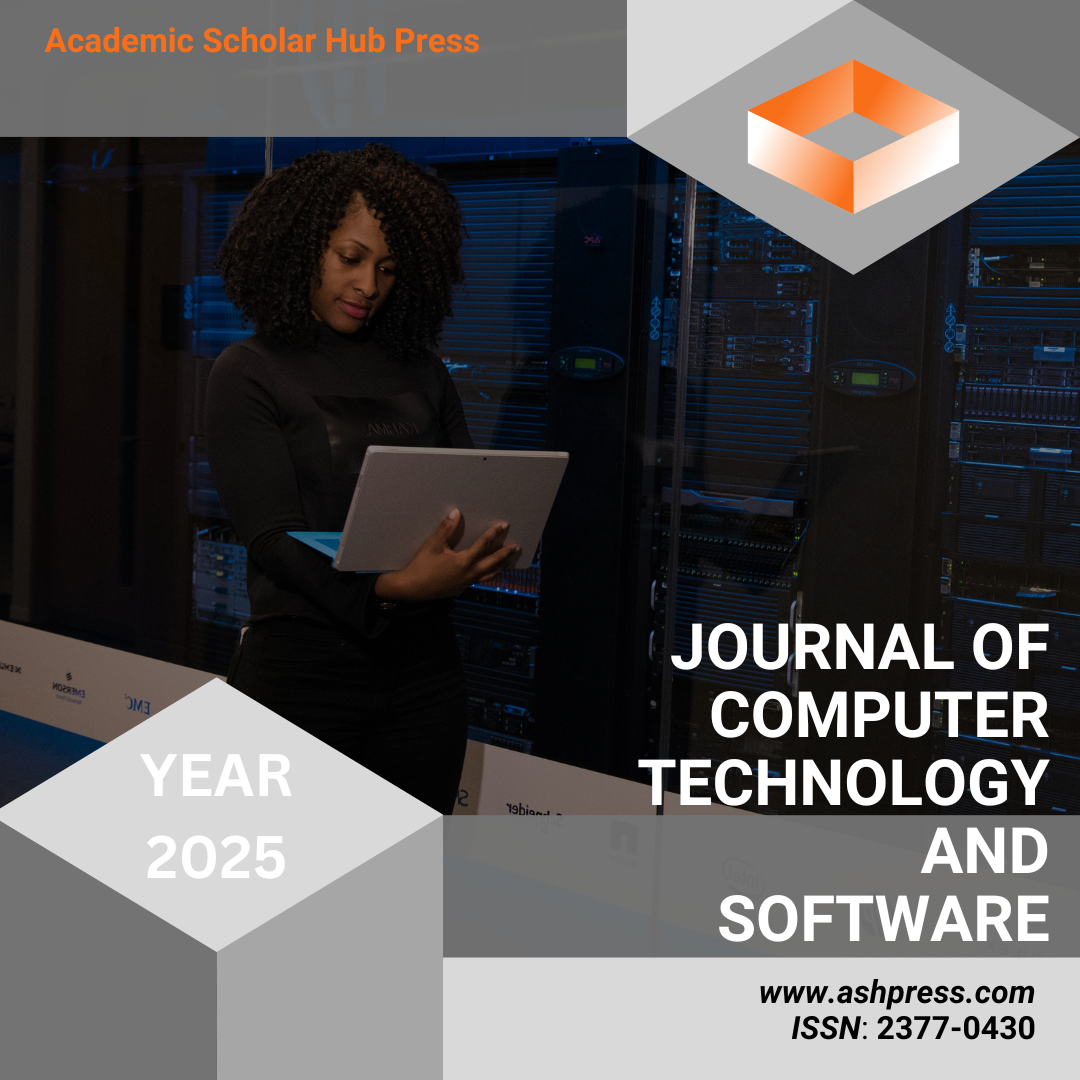Data Mining Framework Leveraging Stable Diffusion: A Unified Approach for Classification and Anomaly Detection
Published 2025-01-30
How to Cite

This work is licensed under a Creative Commons Attribution 4.0 International License.
Abstract
This paper proposes a data mining algorithm based on Stable Diffusion, which aims to improve the performance of data mining tasks such as classification, clustering, and anomaly detection through the distribution modeling ability of the diffusion model. Traditional data mining methods often show limitations when facing high-dimensional, nonlinear, and complex distribution data, while the Stable Diffusion model achieves accurate modeling of data distribution through a step-by-step generation method. This method introduces the intermediate state of the diffusion process, designs a feature representation learning module, and combines it with a multi-task optimization framework to achieve effective modeling and task adaptation of complex data distribution. Experimental results show that the algorithm in this paper shows excellent performance on multiple data sets. Compared with traditional statistical methods, machine learning models, generative adversarial networks (GANs), and variational autoencoders (VAEs), it has achieved significant improvements in indicators such as Precision, Recall, F1-score, and AUC. In addition, ablation experiments verify the contribution of the diffusion process, feature representation learning module, and multi-task framework to the overall performance. In the future, the potential of this method in multimodal data mining and dynamic data processing deserves further exploration, providing new solutions for practical application scenarios.
